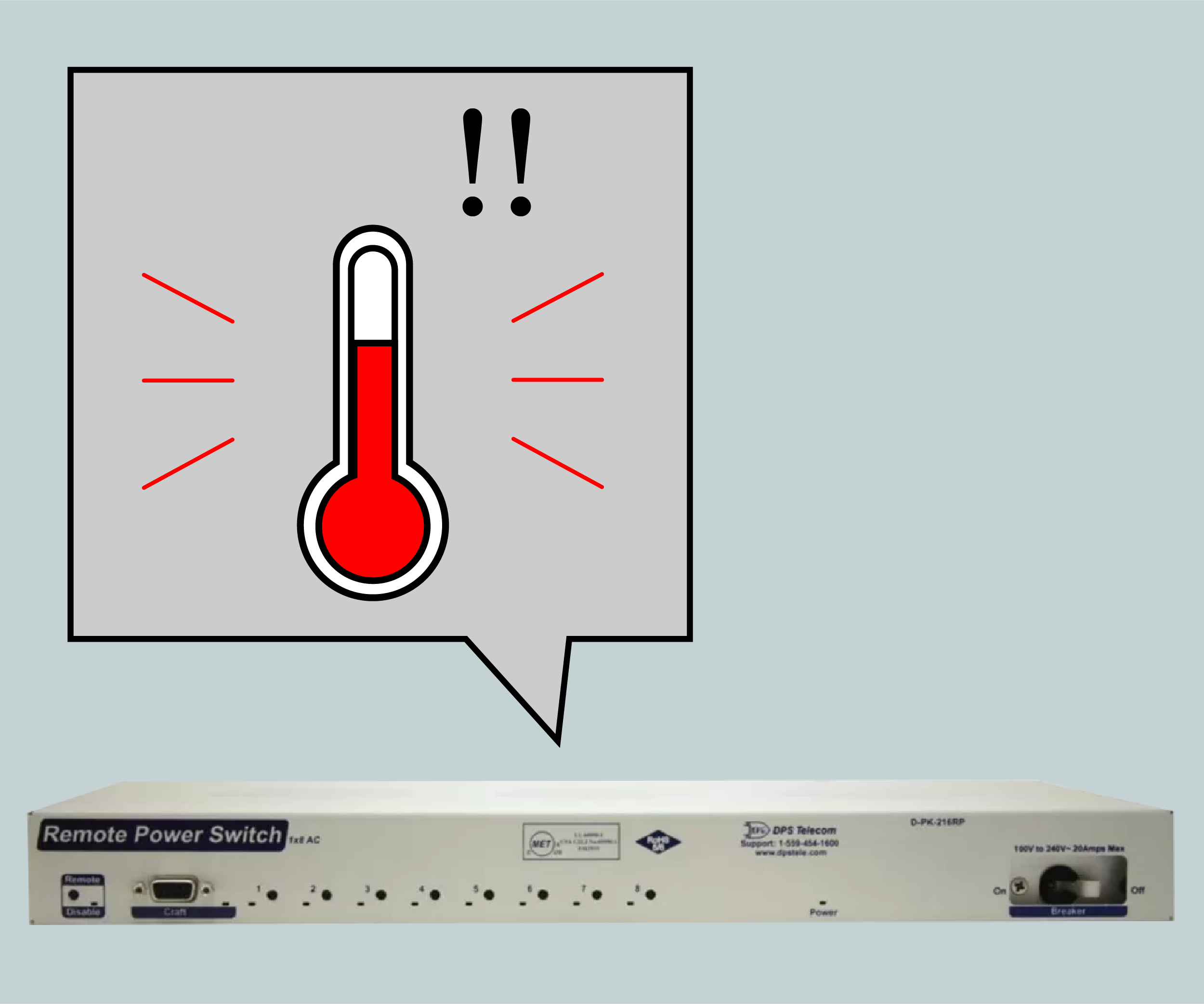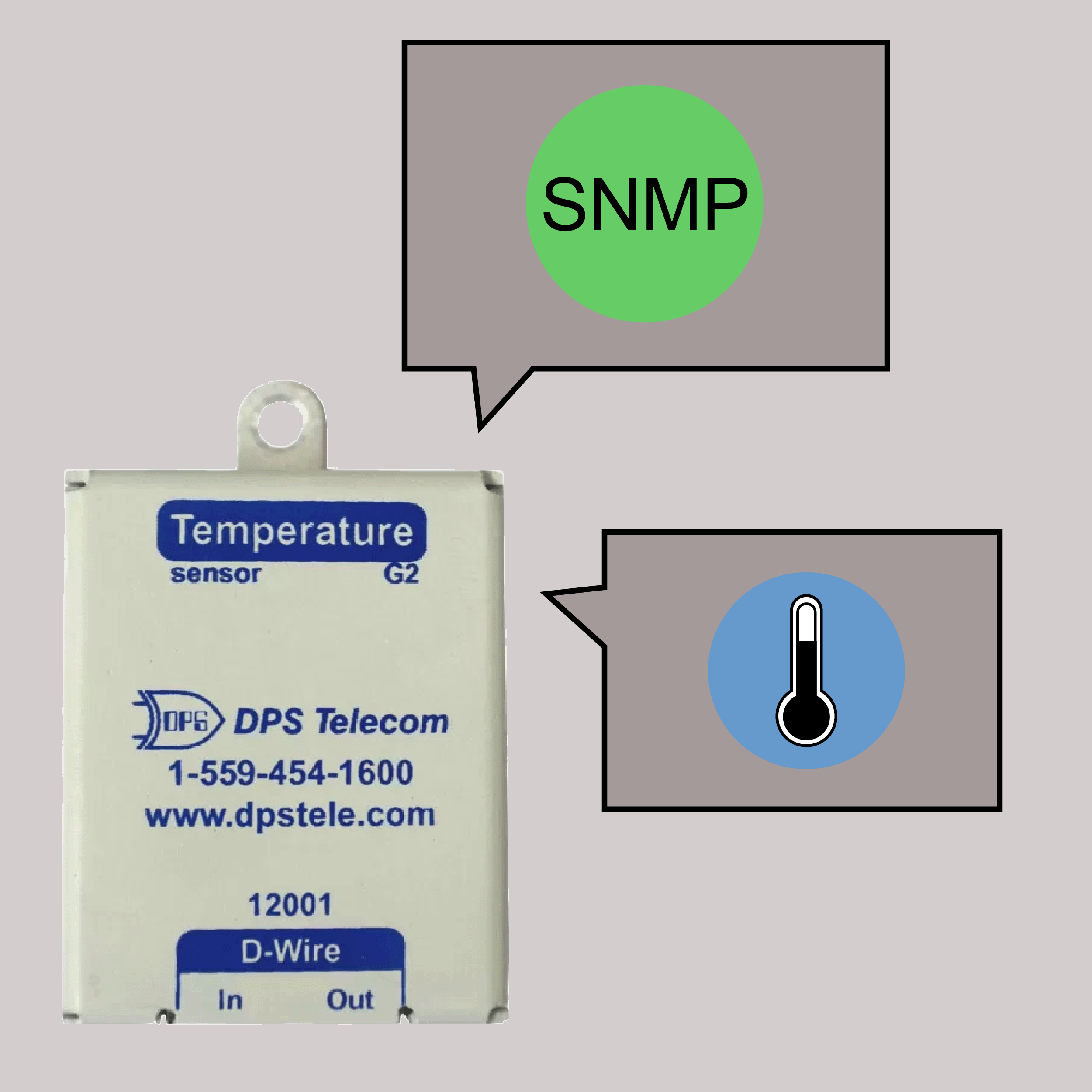Check out our White Paper Series!
A complete library of helpful advice and survival guides for every aspect of system monitoring and control.
1-800-693-0351
Have a specific question? Ask our team of expert engineers and get a specific answer!
Sign up for the next DPS Factory Training!

Whether you're new to our equipment or you've used it for years, DPS factory training is the best way to get more from your monitoring.
Reserve Your Seat TodayRecently, one of our clients reached out with questions about the capabilities of the Remote Power Switch - AC (RPS-AC) model. Alexandra, a technical writer at DPS Telecom, provided answers via web chat, explaining how this device can be configured for remote power management and automation.
As we break down the conversation, we'll cover a range of topics, including:
This discussion shows how carefully selected equipment can be used to manage remote power and environmental conditions effectively.

Our client reached out with interest in whether the RPS-AC could automatically shut off specific outlets when a certain temperature threshold was exceeded. Alexandra explained that the Derived Controls feature made this possible:
"Yes, that can be done using Derived Controls (simple if-then logic)."
This feature allows you to automate responses to specific conditions - such as temperature increases - without manual intervention.
In critical environments (like server rooms or industrial facilities) where overheating can cause equipment failure, Derived Controls allow you to preemptively power down devices to prevent further damage. Whether for thermal load or power load or both, this process is known as "load shedding" to maximize system uptime during a crisis.
Automating power control based on environmental factors like temperature provides a level of protection that would otherwise require manual monitoring and intervention. This feature can be especially useful in preventing damage to network hardware or other sensitive equipment. That keeps downtime to a minimum.
In addition to automation through Derived Controls, the equipment also supports SNMP (Simple Network Management Protocol), which enables remote control over power relays via your network. Alexandra explained how SNMP could be integrated with the RPS-AC:
"In the RPS AC manual, there is an ability to remotely control via SNMP SET... Any source of an SNMP SET (commonly any SNMP manager, including a T/Mon) could trigger the power relays."
This means that any standards-compliant SNMP manager can be used to send commands to the RPS-AC, allowing you to toggle power relays remotely.
With SNMP in this context, you can power cycle equipment, turn off non-essential devices, or restore power to servers that have gone offline, all from your network operations center (NOC) - or even a remote location.
For example, if you're managing multiple remote sites, you can integrate SNMP control into your workflow to reboot routers, switches, or other network devices without having to dispatch a technician to physically intervene. This inherently leads to faster (bordering on instantaneous) response times. Automation also reduces operational costs by avoiding unnecessary site visits.
Although the specific RPS-AC model that suited this client's specs did not include Derived Controls, Alexandra proposed an alternative: adding a D-Wire Temperature Sensor to the system.
"We could add a $50 D-Wire Temperature Sensor and set analog thresholds (minor & major severities of both high and low temps)."
By integrating D-Wire Temperature Sensors into the system, the client would be able to monitor environmental conditions like temperature and automatically trigger responses based on those readings. These sensors can be daisy-chained together, allowing you to monitor multiple points throughout your facility from a single interface. When a temperature threshold is reached - whether it's too hot or too cold - this data can trigger alerts or actions, such as powering down equipment or sending an SNMP trap to alert your SNMP manager.
This approach is particularly useful for managing sensitive environments like data centers, where temperature control is essential. By integrating temperature sensors, you not only gain better visibility into your environmental conditions but also gain the ability to take immediate action to prevent damage or downtime.
For clients using older versions of the RPS-AC (or similar devices), it's still possible to implement automation by leveraging SNMP traps and SET commands. Alexandra described how this could be done with minimal modifications:
"The SNMP manager would... send an SNMP SET back to the RPS AC to toggle its power relay(s)."
This workaround allows even legacy equipment to benefit from modern automation without needing to replace the hardware entirely. By incorporating SNMP commands, you can automate responses to various conditions, such as temperature spikes, without manual intervention.
This not only adds an extra layer of protection to your equipment but also extends the functionality of older devices, giving them a longer useful life in your network.
The "many inputs, many outputs" flexibility of DPS Telecom gear, especially with SNMP integration, means that even older models can be part of an advanced, automated system without the need for a full-scale upgrade. This is particularly beneficial when you're managing a mix of old and new equipment across multiple sites.
One of the key features of DPS Telecom's product range is the ability to scale up as your needs grow. This client mentioned that while they currently had only one RPS-AC unit in place, they anticipated expanding their setup in the future. Alexandra emphasized that:
"While the device that you have is an older model that does not have Derived Controls, new models will be built on the G6 platform. These G6 models can be built to include Derived Controls so future models will be set."
The G6 platform is designed to be highly adaptable, allowing clients to expand their monitoring and power management capabilities over time. For example, you could start with one Remote Power Switch and later add more units as your infrastructure grows. The G6 platform supports additional input and control types, making it easy to scale up your operations without the need for major changes.
This modular design is particularly useful for industries like telecommunications, utilities, and data centers, where infrastructure is constantly expanding. Instead of replacing entire systems when more capacity is needed, you can simply add to your existing setup.

One of the greatest advantages of working with DPS Telecom is the ability to tailor solutions to meet your specific needs. Alexandra worked closely with this client to address the limitations of their current equipment while providing a solution and path for future upgrades.
By suggesting the addition of D-Wire Sensors and using SNMP for automation, this client was able to extend the functionality of their existing hardware without needing to make significant changes.
This flexibility is one of the reasons DPS products are so widely used in diverse industries. Whether you need to automate power management, monitor environmental conditions, or manage network devices remotely, DPS Telecom can help you create a solution that fits your precise requirements.
DPS also gives you 24/7 client support that answers questions around the clock (11 hours daily Mon-Fri, plus after-hours emergency support paging). Whether you're facing a technical issue or need help configuring your equipment, this service guarantees that you can reach out at any time and receive prompt, knowledgeable assistance.
DPS Telecom offers a wide range of solutions to help you manage remote sites with ease. Whether you're looking to upgrade older equipment, add automation through temperature sensors, or integrate SNMP commands for remote control, our products provide the flexibility and control you need to optimize your operations.
By using DPS Telecom's Remote Power Switches and other monitoring devices, you can keep your systems running smoothly, reduce downtime, and protect critical infrastructure from damage.
Contact DPS Telecom for help building a monitoring system that meets your current needs and grows with your business.
Call 1-800-622-3314 or email sales@dpstele.com to get started.

Andrew Erickson
Andrew Erickson is an Application Engineer at DPS Telecom, a manufacturer of semi-custom remote alarm monitoring systems based in Fresno, California. Andrew brings more than 19 years of experience building site monitoring solutions, developing intuitive user interfaces and documentation, and opt...